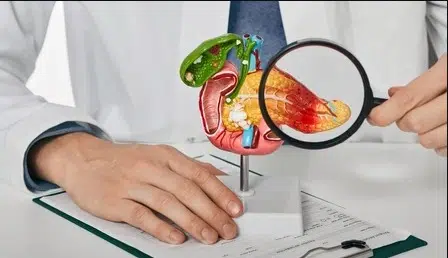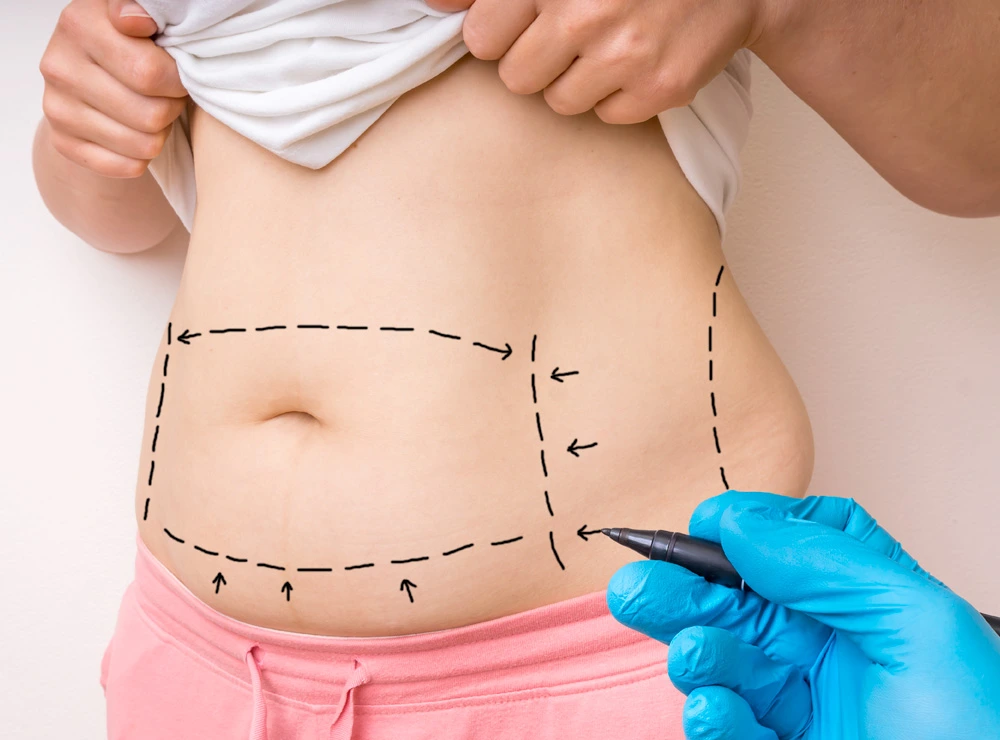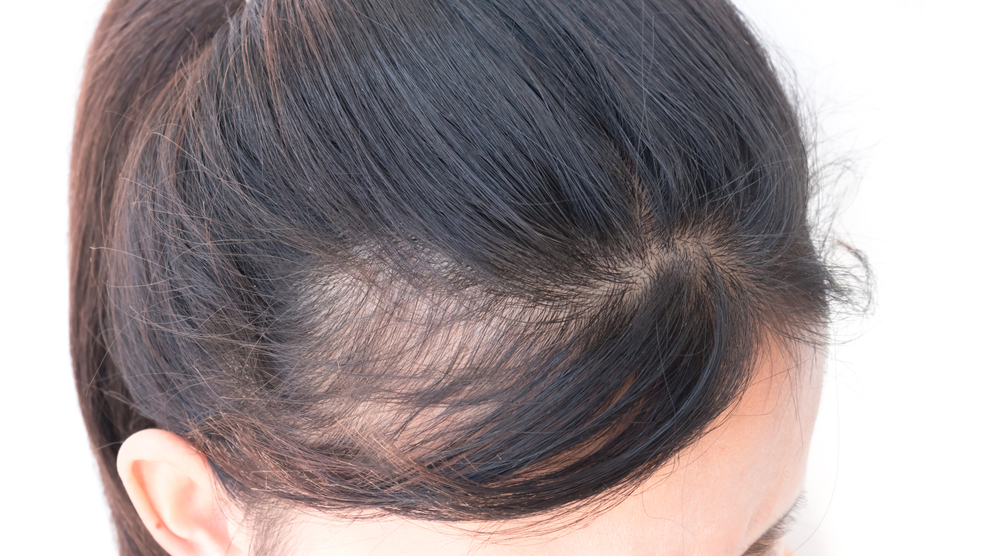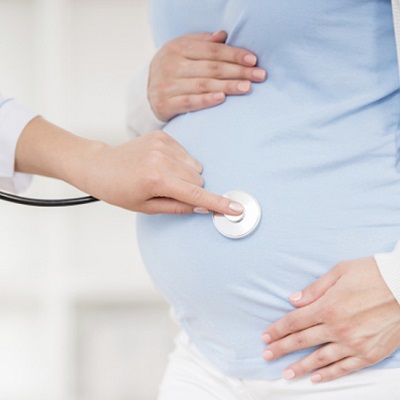Is It Normal to Peel After a Chemical Peel?
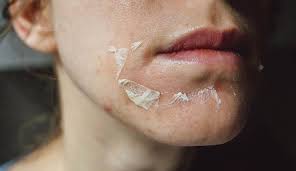
If you’ve just had your first skin treatment and find yourself wondering, is it normal to peel after a chemical peel, you’re not alone. Peeling is actually a very common and expected part of the post-peel process. Chemical Peeling in Dubai(التقشير الكيميائي في دبي) work by exfoliating the outer layers of the skin to reveal a fresher, smoother complexion underneath. As dead skin cells shed, peeling can occur as a visible sign that your skin is renewing itself. While it might seem concerning at first, understanding this process can help you manage it more confidently and with realistic expectations.
Why Peeling Happens After a Chemical Peel?
Peeling is part of the skin’s natural healing response. When a chemical peel is applied, it breaks down the bonds that hold dead skin cells together on the surface. This stimulates the body to begin cell turnover, pushing out damaged or pigmented layers. As a result, peeling often begins a few days after the treatment and can last several days, depending on the strength of the peel and your skin type. This shedding is not only normal but also a key part of the renewal process that allows healthier skin to come to the surface.
Risks of Misunderstanding the Peeling Process:
Although peeling is normal, it can also lead to confusion or concern if you don’t know what to expect. Some people assume peeling means something went wrong, but in most cases, it’s a positive sign. However, mishandling your skin during this phase can cause complications. Common risks include:
Over-exfoliating, which can irritate or damage healing skin
Picking or pulling at peeling skin, leading to scarring or infection
Applying harsh products, which may increase sensitivity or delay recovery
Skipping sun protection, which can cause pigmentation or burns
Using makeup too early, potentially clogging pores or causing flare-ups
Understanding that peeling is temporary and being gentle with your skin can help you avoid these setbacks.
Benefits of Peeling After a Chemical Peel:
Even though peeling might feel inconvenient or unsightly, it signals that your treatment is working. Benefits of this shedding process include:
Improved skin texture, as rough, uneven layers are sloughed off
Brighter, clearer skin, thanks to the removal of dull surface cells
Reduction in acne and blackheads, as pores are cleared out
Fading of dark spots and pigmentation, revealing more even tone
Stimulation of new skin cell growth, which promotes collagen renewal
The extent of peeling varies from person to person, and in some cases, you may not visibly peel at all—but that doesn’t mean the peel didn’t work.
FAQs About Peeling After a Chemical Peel:
How long does the peeling phase last?
Peeling typically begins around day 2 or 3 and can last up to a week, depending on the strength of the peel.
What if I don’t peel at all?
Not everyone experiences visible peeling, especially after light peels. Your skin may still be renewing beneath the surface.
Is flaking the same as peeling?
Yes, light flaking is a mild form of peeling and is common after superficial chemical peels.
When can I resume my usual skincare routine?
Wait until your skin has fully healed and the peeling has stopped before reintroducing actives like retinol or exfoliants.
Conclusion:
So, is it normal to peel after a chemical peel? Absolutely. In fact, peeling is a sign that your skin is going through the natural process of renewal and regeneration. Whether your skin sheds in visible sheets or barely flakes at all, both outcomes are within the range of normal. What matters most is how you care for your skin during this time. Be gentle, stay hydrated, protect your skin from the sun, and resist the urge to rush the process. The final result—a fresher, more radiant complexion—is worth the wait and care.
Note: IndiBlogHub features both user-submitted and editorial content. We do not verify third-party contributions. Read our Disclaimer and Privacy Policyfor details.



